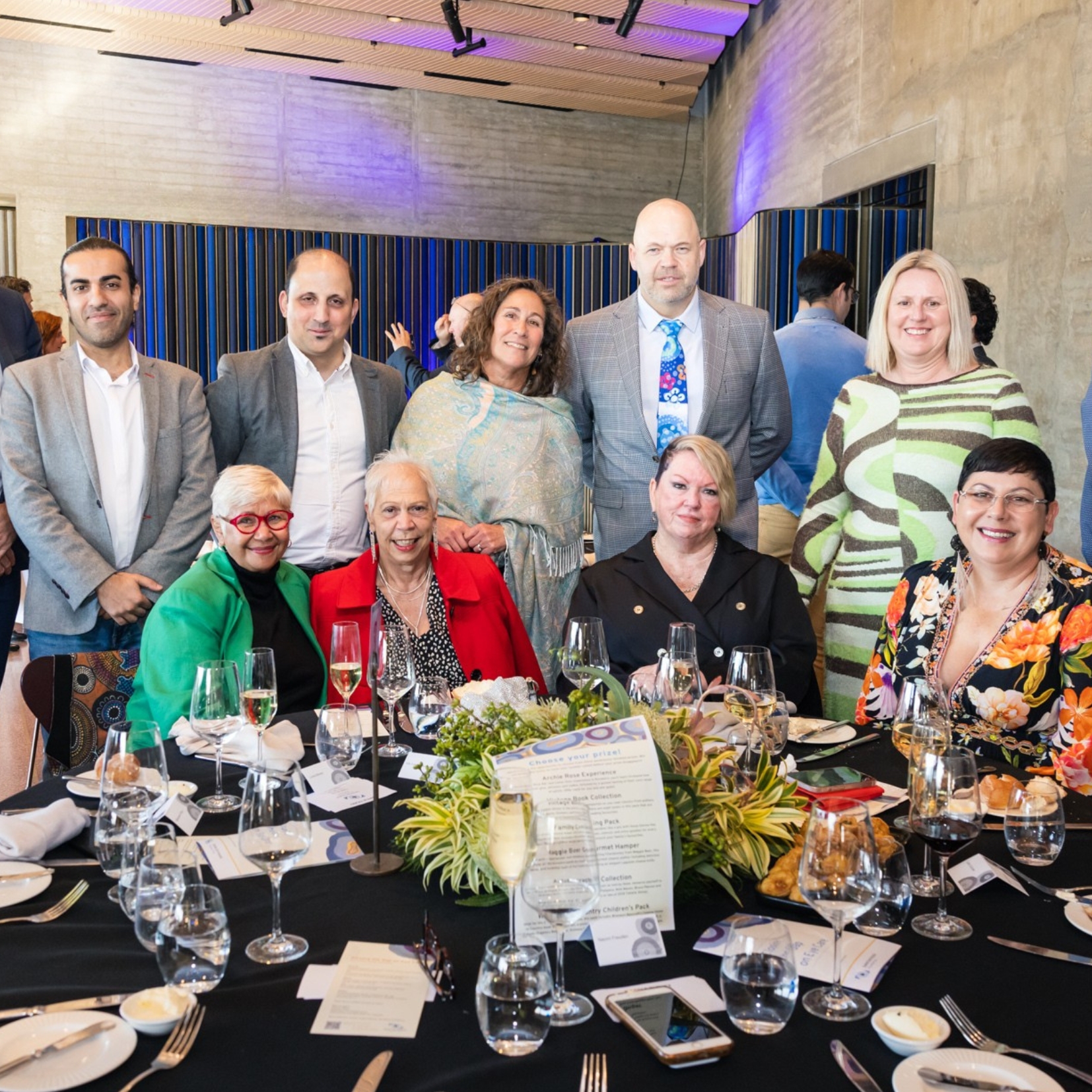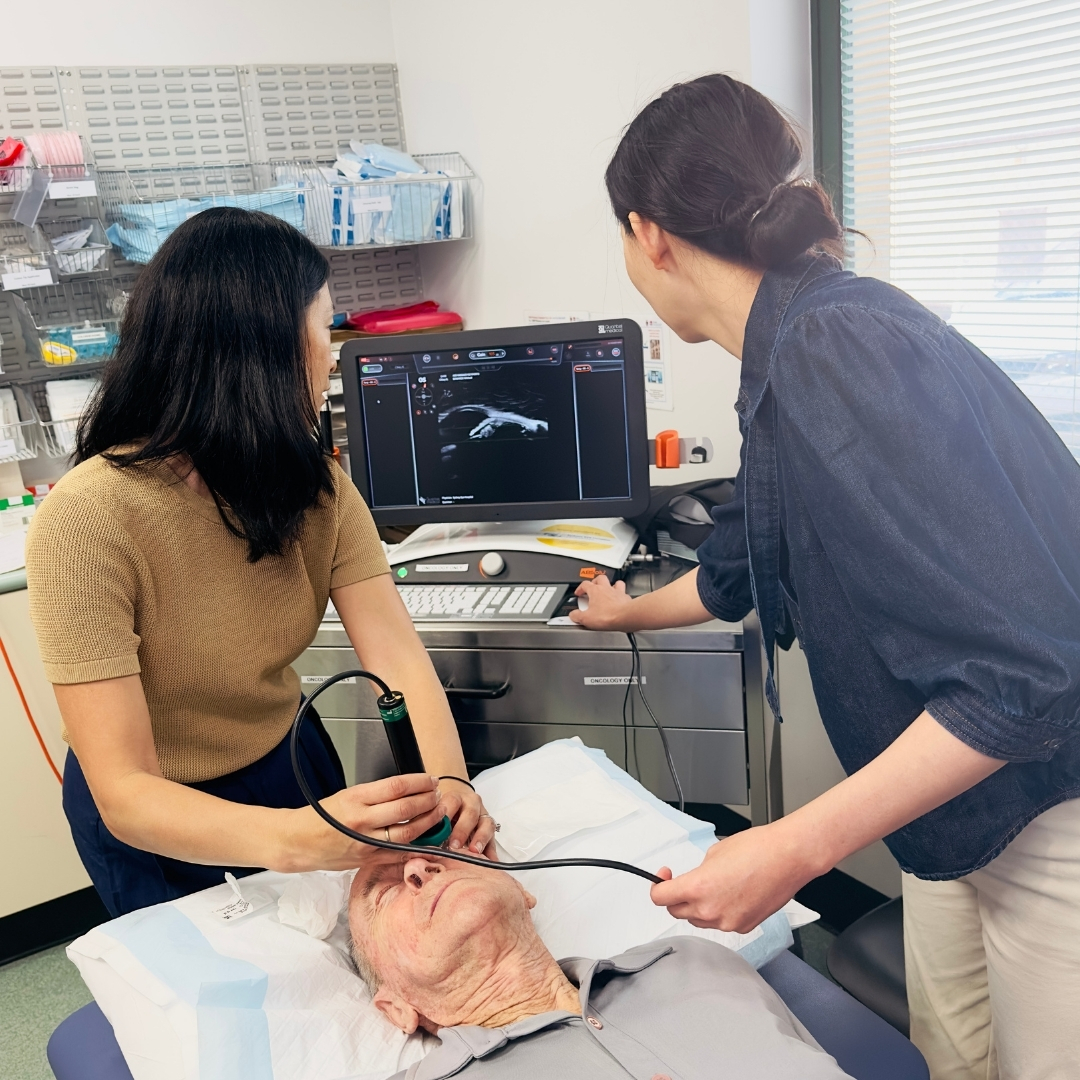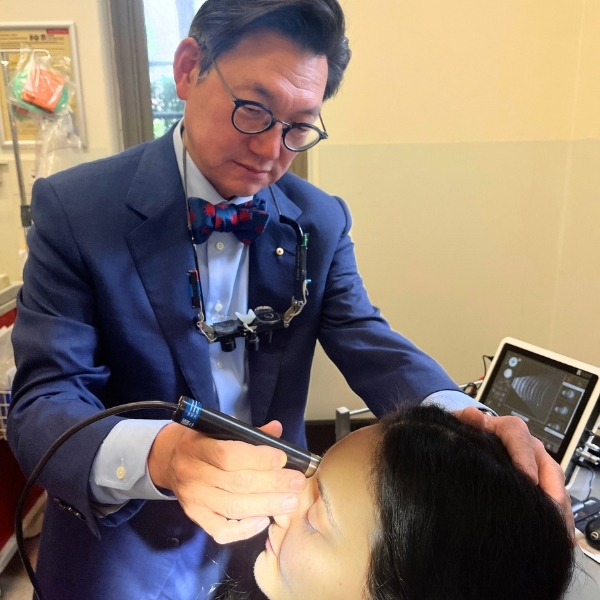
Sydney Eye Hospital Foundation is hosting a major fundraising initiative on Thursday 15 June 2023, to help close the eye care gap for Aboriginal and Torres Strait Islander peoples.
The lunchtime event, which will be held at the iconic Sydney Opera House, is directly supporting Sydney Eye Hospital’s commitment to providing equal access to care and will raise funds for much needed technology and equipment in regional and remote areas of New South Wales.
Notably, William Barton (pictured), will be providing a mesmerizing performance at the luncheon. A proud Kalkadunga man, William is a multi-instrumentalist, vocalist and renowned classical composer. He has forged a unique, diverse career crossing genres from classical, to jazz and rock. William has won multiple awards including being named 2023 Queensland Australian of the Year.

Closing the Gap
Aboriginal and Torres Strait Islander peoples are experiencing blindness and vision loss at three times the rate of other Australians. It’s estimated 35% of Indigenous adults have never had an eye examination, and when a condition or disease is diagnosed, they are waiting longer for surgery accounting for 11% of the health gap.
According to the National Eye Health Survey 2016 report, 94% of vision impairment or blindness experienced by Aboriginal and Torres Strait Islander Peoples is preventable or treatable.
The survey indicated that the quality of eyesight of Aboriginal and Torres Strait Islander peoples was better in childhood but worse in adulthood compared to non-Indigenous people.
A variety of circumstances occur during the passage of time making vision loss increase. Many of these reasons can be traced to a lack of access to care and the impact of colonisation on Indigenous people.
Linda Fagan, Sydney Eye Hospital Foundation CEO says the statistics are not acceptable.
“It’s vital that we close this gap in healthcare, but it is only with community support that the imbalance can be corrected,” says Ms Fagan.
Since 2021 the Foundation has been taking action.
“In June 2021, Sydney Eye Hospital Foundation partnered with the Aboriginal Liaison Unit of South East Sydney Local Health District (SESLHD) to provide funds for family and essential support,” says Ms Fagan.
“From there health professionals were engaged to undertake a gap analysis and we began mapping service delivery to inform a Foundation Plan.”
Stakeholders have included Prince of Wales Hospital, SESLHD Aboriginal Liaison Office, NSW Rural Doctors Network, Brien Holden Foundation and Optometry NSW.
“Our Foundation Plan, created in collaboration with our stakeholders will provide access in three ways,” shares Ms Fagan.
Regional Access
Visiting ophthalmologists will provide clinical and surgical expertise in conjunction with local services at new and established outreach clinics.
Virtual Access
A clinic with telemedicine connections and capacity to ensure follow-up locally will improve quality of care and outcomes.
Specialist Access
A new culturally sensitive clinic for Indigenous peoples at Sydney Eye Hospital will overcome barriers to care.
And the plan is already coming to life as Ms Fagan explains.
“In November 2022, Sydney Eye Hospital Ophthalmologists visited the Pius X Aboriginal Clinic in Moree to trial an outreach ophthalmology service resulting in one patient being admitted to Sydney Eye Hospital in December 2022 for retinal surgery,” she says.
Then in May 2023, virtual health was tested at the Moree clinic.
Now, the Foundation has secured the support of SESLHD in the expansion of Aboriginal Eye Health outreach services in collaboration with Sydney Eye Hospital and Prince of Wales Outback Eye Service.
“Our next milestone is to create a fully equipped culturally sensitive clinic for Indigenous peoples at Sydney Eye Hospital to overcome barriers to care,” says Ms Fagan.

Eye Saving Equipment
“At our fundraising event to close the gap on eye care, we are specifically raising funds for specialist retinal cameras that will be used in outback clinics as well as in the new Sydney Eye Hospital Indigenous clinic,” says Ms Fagan.
Retinal cameras are effective health screening tools that take high-definition pictures of the back of the eye. They can detect treatable conditions that patients may otherwise have never known.
The cameras can be used by non-ophthalmic specialists such as GPs and nurses along with experienced ophthalmologists in the field at outreach centres. This equipment will play a vital role in emergency referrals for critical care from regional centres via our Sydney Eye Hospital’s Indigenous clinic.
“Imagine what we can achieve by introducing these cameras as part of the standard kit in regional and remote areas to deftly identify critical eye injuries and conditions along with diabetes, high-blood pressure, thyroid issues, auto-immune disease, and multiple sclerosis in the eye,” says Ms Fagan.









